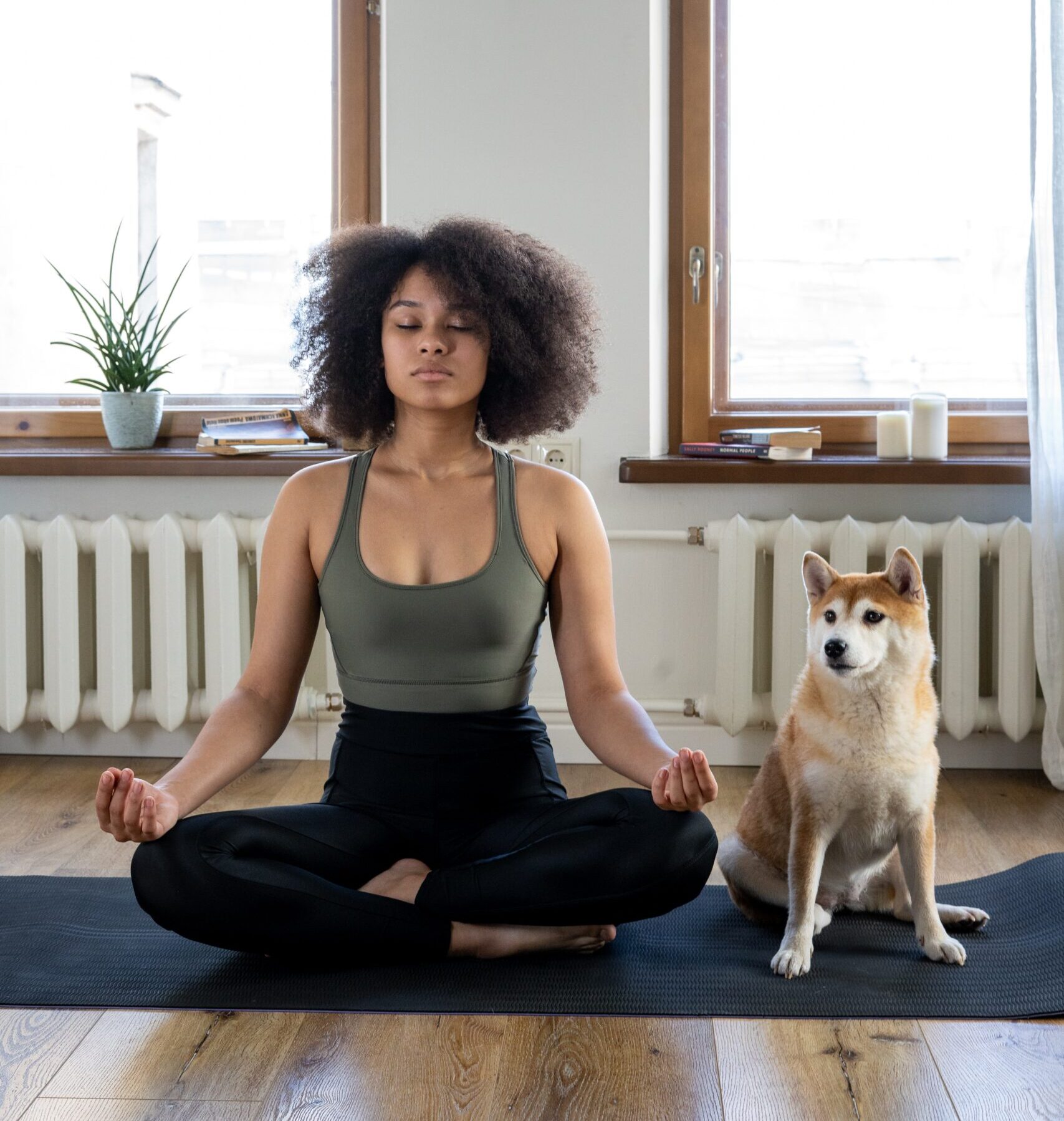When life gets stressful and overwhelming, it’s important to have tactics to keep yourself grounded and release tension. Meditation is an ancient practice that many people in all walks of life use to improve their overall wellbeing. Meditation requires no special tools or skills to get started and may be simpler than you realize. In this article, we’ll walk you through why you might want to start a meditation practice and simple steps to start adding this healthy habit to your life.
What Are the Benefits of Meditation?
You may know that meditation can reduce stress, anxiety, and depression, but there are a wealth of other interesting reasons to start your meditation practice. These are a few examples:
- Meditation can help you gain a deeper self-understanding by increasing your awareness of the thoughts running through your head.
- Meditation may promote physical health and alleviate certain conditions ranging from high blood pressure to sleep disturbances.
- Meditation may reduce grey matter loss in the brain due to age.
- Meditation can help strengthen your relationships with others.
- Meditation may help to combat memory loss.
How to Begin a Meditation Routine
Meditation can be practiced almost anywhere and requires minimal preparation. Here are a few key tips to guide you as you get started.
Pick a Style of Meditation
There are many different styles of meditation, from Transcendental® meditation to the more widely known mindfulness meditation used in apps like Headspace. You can also practice moving meditation in the form of yoga, tai chi, or a similar discipline.
Start Small
Don’t try to force yourself to meditate for an hour every day. If you start off too strong, chances are you won’t be able to keep up the meditation habit. Even a few minutes of meditation can be beneficial. Start with 10 minutes and once you feel comfortable with that length of time, add more.
Set Aside a Time and Space
Scheduling when and where you’ll carry out your meditation practice makes it more likely you’ll stick with it. Perhaps you like the idea of meditating first thing in the morning, or maybe you want to meditate during your lunch break as a sort of reset button on the day. Pick a time that works with your schedule and pick a quiet, relaxing place to meditate. You can meditate sitting on the floor, lying down, or in a chair. The key is that you pick a position you can comfortably stay in for the length of your meditation.
Take It Easy on Yourself
If in your first week of meditation or even in your first month of meditation you find yourself getting distracted or losing focus on the meditation, don’t be too hard on yourself. Thinking is natural, and you’ve likely spent years getting caught up in your thoughts without even realizing what you were doing. Like any new skill, clearing your mind and becoming aware of your thoughts takes consistent practice. Take it slow and celebrate small wins.
Find an App
Technology, specifically meditation apps, can be incredibly helpful in getting started. Headspace, Calm, and other meditation apps may give you timed meditations, mindfulness tips, and other resources to help you learn to meditate. You can also find guided meditations on YouTube and Spotify, to name a few sites.
How to Start Meditating
Based on all the tips above, here’s a quick and simple meditation routine you can add to your day:
- Sit or lie down in a quiet place where you won’t be interrupted.
- Close your eyes and begin to focus on your breath, following it as it goes in and out. Notice where you feel it in your body, how long your inhales and exhales are, and whether your breaths are shallow or deep.
- If your mind starts to wander, simply notice the distraction and bring your mind back to the breath. You don’t have to force the other thoughts to go away or scold yourself for getting distracted, just notice and move on.
- Keep breathing and focusing for as long as you like. Before moving on to the rest of your day, take a moment to feel the difference in your body and mind before and after meditation.
Meditation is for everyone and it can benefit anyone. Use these tips to help build your own regular mindfulness practice and start seeing the effects in your life.









